Villa Balbiano – Italian Opulence on Lake Como – Book Review
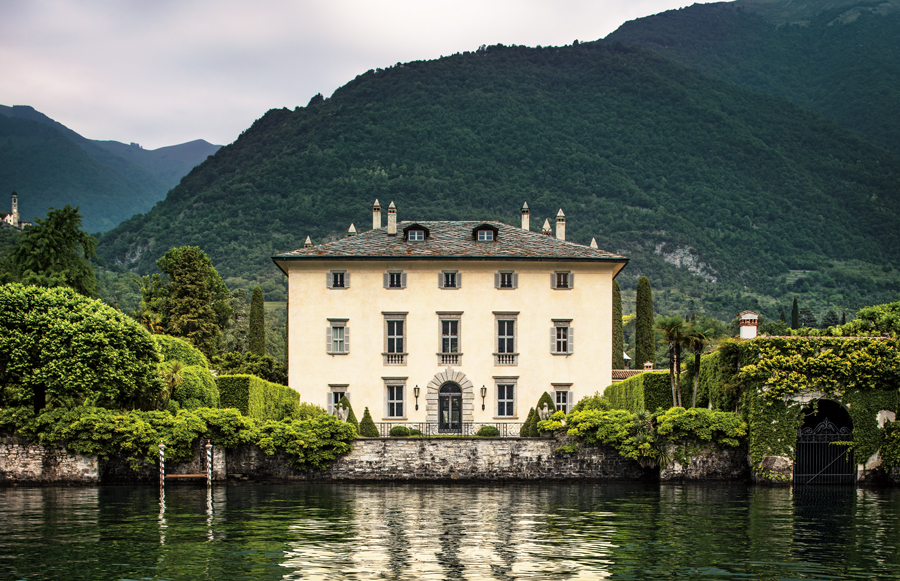 From its prominent position on Lake Como, Villa Balbiano radiates a majestic charm emblematic of the most splendid chapter in the history of great villas in this idyllic Italian region. We review a new book – ‘Villa Balbiano‘ – recounting the centuries-long history of the Villa which has been meticulously restored by Jacques Garcia.
From its prominent position on Lake Como, Villa Balbiano radiates a majestic charm emblematic of the most splendid chapter in the history of great villas in this idyllic Italian region. We review a new book – ‘Villa Balbiano‘ – recounting the centuries-long history of the Villa which has been meticulously restored by Jacques Garcia.
The name Villa Balbiano might be familiar to those of us who follow the awards of the Society of Garden Designers (SGD) as Christian Sweet MSGD of Colson Stone Practice, won the ‘Historic Garden Restoration’ category for 2017, for his work on restoring the Villa’s gardens.
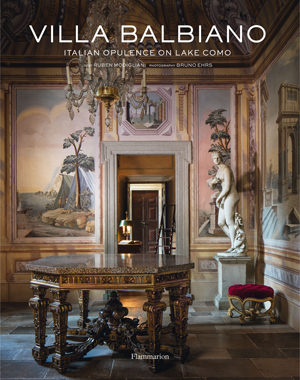 In his lavishly illustrated coffee table book, ‘Villa Balbiano – Italian Opulence on Lake Como‘, Ruben Modigliani charts the history of this majestic villa and how each owner has added to its splendour. Rising to its peak at the end of the 18th century, when the enlightened Cardinal Angelo Maria Durini was master of the house, the Villa Balbiano became a crucible of philosophy and art, framed within its archetypical Roman lines.
In his lavishly illustrated coffee table book, ‘Villa Balbiano – Italian Opulence on Lake Como‘, Ruben Modigliani charts the history of this majestic villa and how each owner has added to its splendour. Rising to its peak at the end of the 18th century, when the enlightened Cardinal Angelo Maria Durini was master of the house, the Villa Balbiano became a crucible of philosophy and art, framed within its archetypical Roman lines.
The Villa is described as a masterpiece of Renaissance-style architecture that over the centuries has gained in majesty with new building elements, magnificent frescoes and the cultivation of an extensive garden.
Its restoration, guided by the French interior architect Jacques Garcia after long and in-depth historical research, makes fascinating reading. It is one of the most important historical properties on the shores of Lake Como.
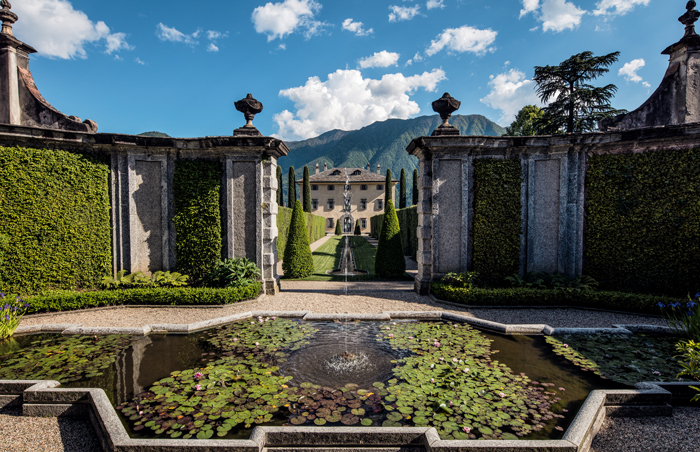 A section of the book is dedicated to the garden. The landscape designers worked closely with the architects working on the restoration of the villa so that there was a clear and strong relationship between the interior and exterior. The framework of the garden is composed of evergreens and thus maintains its identify year-round. The garden does however, at the express request of the current owners, bloom for the longest period possible and so the first flowers will open in early spring and last until September and October.
A section of the book is dedicated to the garden. The landscape designers worked closely with the architects working on the restoration of the villa so that there was a clear and strong relationship between the interior and exterior. The framework of the garden is composed of evergreens and thus maintains its identify year-round. The garden does however, at the express request of the current owners, bloom for the longest period possible and so the first flowers will open in early spring and last until September and October.
 In making their award, the SGD judges commented that the garden restoration was: “A sensitive interpretation of the historic context and careful attention to detail in the restoration of key features has created a stunning garden for those visiting, giving a real sense of what was there before.” The reader can gain an understanding of this from the beautiful and sensitive photography used to illustrate the garden section.
In making their award, the SGD judges commented that the garden restoration was: “A sensitive interpretation of the historic context and careful attention to detail in the restoration of key features has created a stunning garden for those visiting, giving a real sense of what was there before.” The reader can gain an understanding of this from the beautiful and sensitive photography used to illustrate the garden section.
The Villa traces its origins to the 16th century but the Italian-style garden is of much more recent date – the 1960s. The first step in restoring the garden was to compile a list of trees and shrubs that were in a poor state of health. Next came the necessary historical research to understand how the garden had evolved over time so maps, paintings and photographs as well as satellite images were all used. Replanting took just over a year with one of the first decisions being to thin out the area on the west side – between the Villa and the Lake. A group of sweet olives (Osmanthus fragrans) had grown out of control and here a decision was made not to remove the trees but to cut them back and give them time to adapt to a new form.
The flowering plants are a mix of shrubs, herbaceous perennials and trees reflecting British taste to some extent, but incorporated into the structure of a typical Italian Garden. Near the Villa a vegetable garden and a fruit orchard. The author points out that the garden is now thriving, producing flowers and fruits with the sound of water gurgling in the fountain.
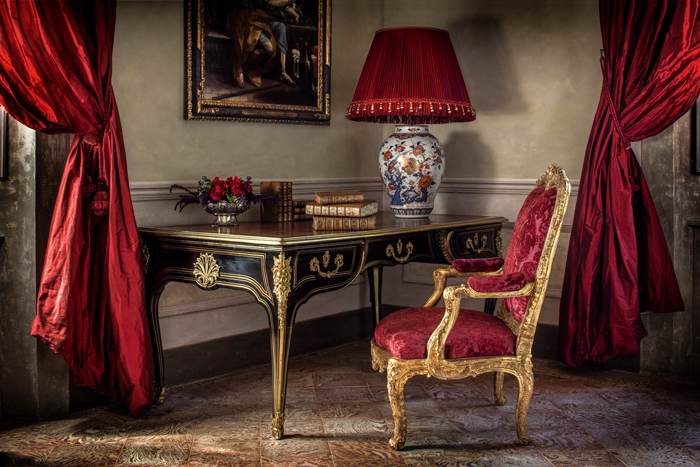 The book contains sumptuous photography and beautiful watercolours. Primary photography is by Bruno Ehrs, one of Sweden’s leading photographers, who has worked on other beautifully designed books by Flammarion. It is divided into four chapters, the first, ‘Twenty Centuries of Conquests‘ detailing the history of the Villa, the second chapter ‘An Enchanting Destination‘ outlines the history of the region, known locally as Lario while the third is dedicated to ‘Cultivated Eclecticism in the Décor‘ and concentrates on the magnificent interiors of the Villa. Finally, chapter four takes to ‘A Natural Refuge on the Lakeside‘ and details the restoration of the garden.
The book contains sumptuous photography and beautiful watercolours. Primary photography is by Bruno Ehrs, one of Sweden’s leading photographers, who has worked on other beautifully designed books by Flammarion. It is divided into four chapters, the first, ‘Twenty Centuries of Conquests‘ detailing the history of the Villa, the second chapter ‘An Enchanting Destination‘ outlines the history of the region, known locally as Lario while the third is dedicated to ‘Cultivated Eclecticism in the Décor‘ and concentrates on the magnificent interiors of the Villa. Finally, chapter four takes to ‘A Natural Refuge on the Lakeside‘ and details the restoration of the garden.
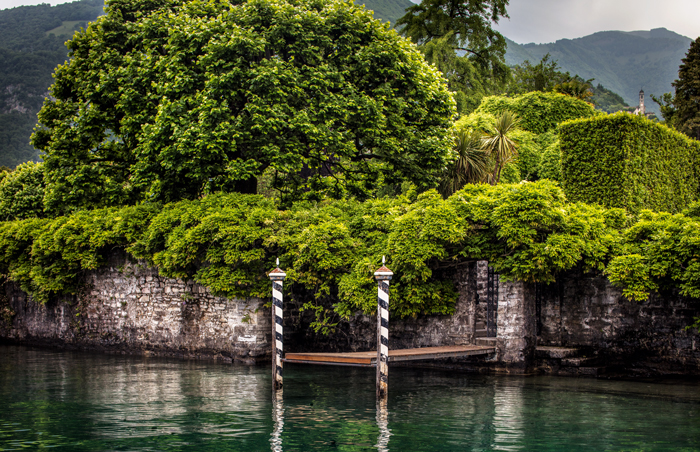 As with other books published in this series by Flammarion, Villa Balbanio is peppered with interesting quotes from across the centuries, this one from Gustave Flaubert, from ‘Italie: Notes de voyages, 1845’ – “The overall impression of the lake is sweet, amorous, Italian …. Everything is surrounded by splendid residences, made for study and for love …. A place where one could like to live and die.”
As with other books published in this series by Flammarion, Villa Balbanio is peppered with interesting quotes from across the centuries, this one from Gustave Flaubert, from ‘Italie: Notes de voyages, 1845’ – “The overall impression of the lake is sweet, amorous, Italian …. Everything is surrounded by splendid residences, made for study and for love …. A place where one could like to live and die.”
Ruben Modigliani is a senior editor for AD Italia and is an authority on the history of architecture and taste. The watercolours in the book by Bernd H. Dams and Andrew Zega of historic buildings and garden ornaments have been widely published.
Villa Balbiano really is a beautiful publication and one to be treasured. From the opulence of the photographs to the setting of place in the text, the whole book is a delightful journey to one of the world’s most beautiful places. In fact it’s one’s own mini personal Grand Tour.
‘Villa Balbiano – Italian Opulence on Lake Como‘ by Ruben Modigliani with photography by Bruno Ehrs, is published by Flammarion, 2018 – in coffee table hardback size at £55.
A review copy of this book has been kindly supplied by the publishers Flammarion. ©Villa Balbiano by Ruben Modigliani, Flammarion, 2018.
Photo credits: Banner (top of page) ©Bruno Ehrs; Rest of photographs all are ©Bruno Ehrs from Villa Balbiano: Italian Opulence on Lake Como, Flammarion 2018.

